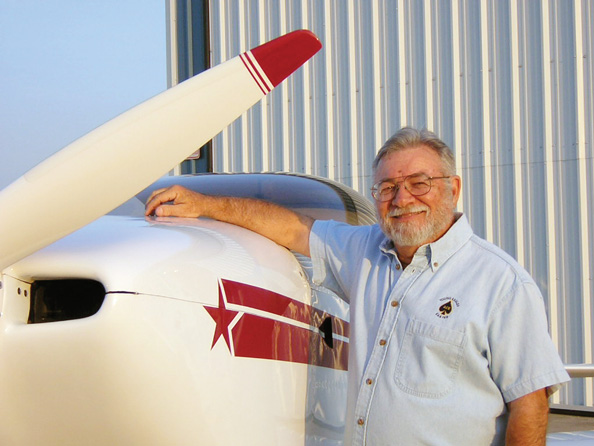
So far, we’ve covered where we can fly an aircraft during Phase I flight test, the minimum number of hours we must spend doing flight testing and the method of signing off the aircraft into Phase II. This carried us through paragraph (6) of the operating limitations. Let’s continue now with paragraph (7).
(7) This aircraft is to be operated under VFR, day only.
Again simple and straightforward. And also, this limitation is again directed at Phase I operations.
(8) After the completion of Phase I flight testing, unless appropriately equipped for night and/or instrument flight in accordance with paragraph 91.205, this aircraft is to be operated under VFR, day only.
You might notice here that the FAA has a tendency to state everything insomewhat “negative” terms. Instead of saying that “You can, if so equipped,” it states that “You can’t, unless so equipped.” But basically this limitation says that if you want to fly at night and/or IFR, you must meet the requirements of part 91.205.
(9) Aircraft instruments and equipment installed and used under paragraph 91.205 must be inspected and maintained in accordance with the requirements of part 91. Any maintenance or inspection of this equipment must be recorded in the aircraft logbook and maintenance records.
Why are we told this? Shouldn’t this be understood? Well, maybe. Except that if we read 91.205, the first thing it says is that it applies to “Standard” certificated aircraft; i.e., it does not apply to “Experimental” aircraft. However, by issuing paragraphs (8) and (9), 91.205 applies during night and/or IFR operations. This might also be a good time to point out that 91.205 does not apply to our aircraft during daytime VFR. That’s right; for daytime VFR, we are not required to have instruments of any kind. Of course, we all know that just because it’s legal to not have any instruments, in most cases this would not be prudent.
(10) During the flight testing phase, no person may be carried in this aircraft during flight unless that person is essential to the purpose of the flight.
All right, here’s one that gets some people into arguments. Many people contend that they need to carry a passenger for the purpose of weight and balance calculations, to record data or any number of other things they can think up. The bottom line is that the FAA has interpreted this to mean that, generally, for our type of aircraft, there is virtually no instance where a second crew member is “essential to the purpose of the flight.” Weight and balance can be done with ballast. Data can be recorded with the use of the radio or voice recorder. I have even had an FAA inspector tell me that it’s OK to check out my wife during Phase I operations. But I’ve also been told by our DAR instructors that just because an FAA inspector tells you it’s OK, that will not hold water in a higher court. In other words, an individual inspector cannot give you authority to do something that is against the rules.
This pretty much covers operations during Phase I. Next time we’ll get into Phase II.
Please send your questions for DAR Asberry to [email protected] with Ask the DAR in the subject line.

![]()
Mel Asberry is an experienced Designated Airworthiness Representative specializing in Experimental/Amateur-Built aircraft. He and his wife, Ann, have built seven amateur-built airplanes including two ultralight types, a Moni Motorglider, a Dragonfly Mk2, two RV-6s and a Zenair CH 601HDS. They are currently building a scratch-built biplane.










